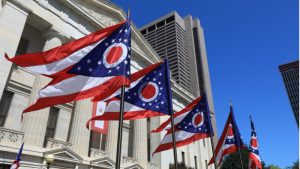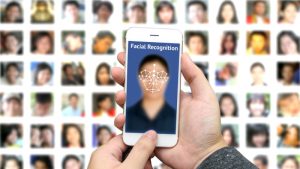The Federal Communications Commission (FCC) has authorized 368 companies to receive a total of $18 billion in Federal funding to expand rural broadband access.
When I was appointed Massachusetts’ first CIO by Governor Bill Weld back in the early 1990s, coming directly from the private sector, few if any state IT leaders had similar backgrounds. Since that time, however, we see governors – especially newly elected ones – opting for the Weld paradigm, finding their CIO from outside the state workforce.
The U.S. Department of Labor (DoL) has awarded the Illinois Department of Employment Security (IDES) a hefty $11.25 million grant to continue to develop and modernize its unemployment insurance (UI) systems.
With the 2024 presidential election quickly approaching, local election officials on Wednesday called on Congress for increased cybersecurity funding to update outdated IT infrastructure and help protect democracy.
A group of House Democrats reintroduced legislation late last week that aims to limit the ability of law enforcement agencies to use facial recognition technologies.
The City of Chicago is moving forward with launching the Chicago Taskforce on Innovation and Technology (CTIT), which will focus on creating new solutions and safety for government and connected infrastructure.
The Federal Communications Commission (FCC) announced that it will allow E-Rate funding to be used for Wi-Fi on school buses beginning in funding year 2024 as the Emergency Connectivity Fund (ECF) program is set to sunset.
Following the passage of legislation last month, North Carolina public schools are now required to add computer science as part of the Standard Course of Study for all students entering high school in the 2026-27 school year.
The University of California San Diego School of Medicine has won a $9.5 million award to support research that aims to protect the U.S. healthcare system against cyberattacks.
The Cybersecurity and Infrastructure Security Agency (CISA) has announced $6.8 million in funding for the nonprofit CYBER.ORG to carry out its K-12 cyber education mission.













